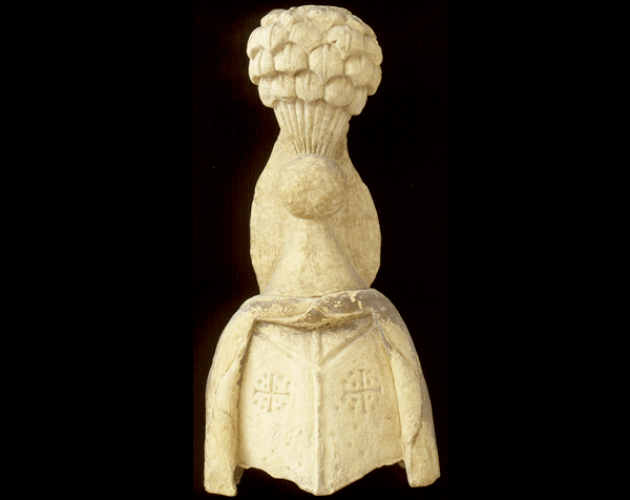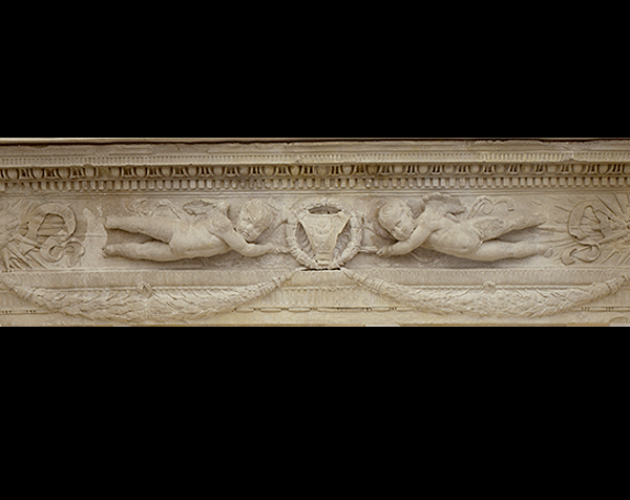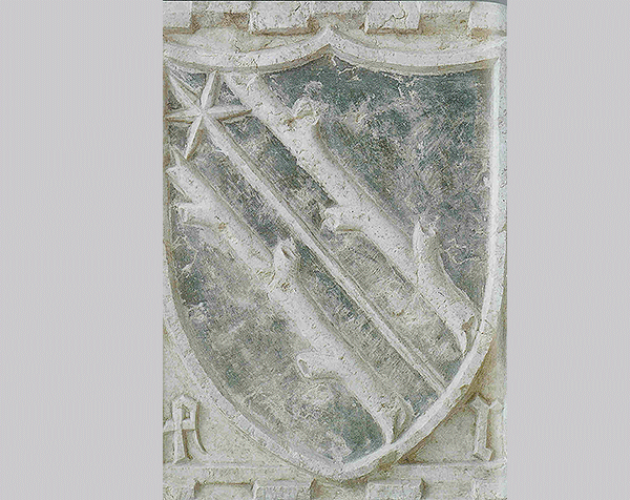The adjoining rooms of the Porcupine and the Crucible host a significant number of heraldic devices in stone relating to some of the noble families of Mantua.
Heraldry or blazonry is the science that regulates the composition of coats of arms. Each of these heraldic emblems, according to the detailed procedures and rules of a complex code of honour, aims to illustrate the distinctive features of a noble household through the centuries. In the past it was an indispensable means of identifying both individual and family and it clearly communicated the importance, role, and personal history of those who used it. As a result every single element and figure, even the smallest ornament or change in shape on a device refers to a precise encoded meaning.
For example, the depiction of an animal or a specific object served to symbolize the qualities or power of the carrier of the crest. In Medieval and Renaissance times knowing how to interpret them meant understanding the importance and social role of the individual.
Particularly significant is the case of the Gonzaga family who, through systematic changes to its crest, gradually established and made public the most significant passages that brought them over the centuries, through imperial concessions, marriages, dynastic recognition and acquisitions of feuds and territories to the apex of European aristocracy.






